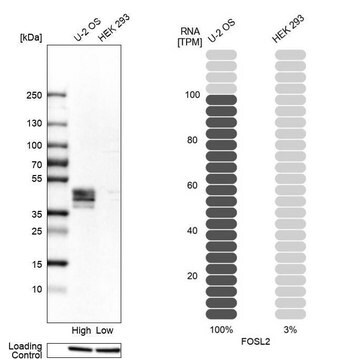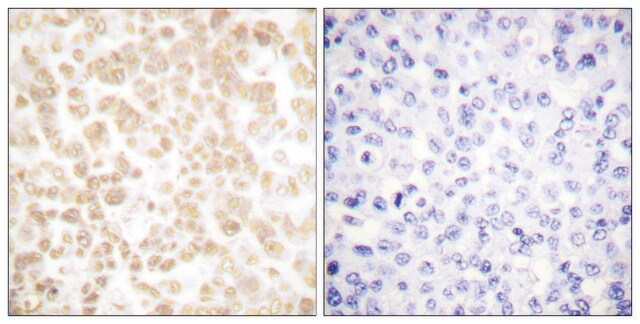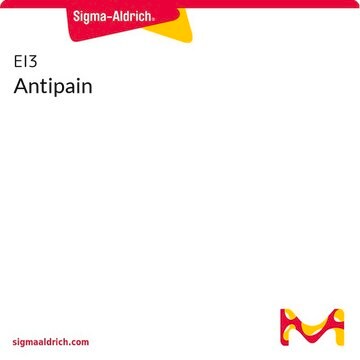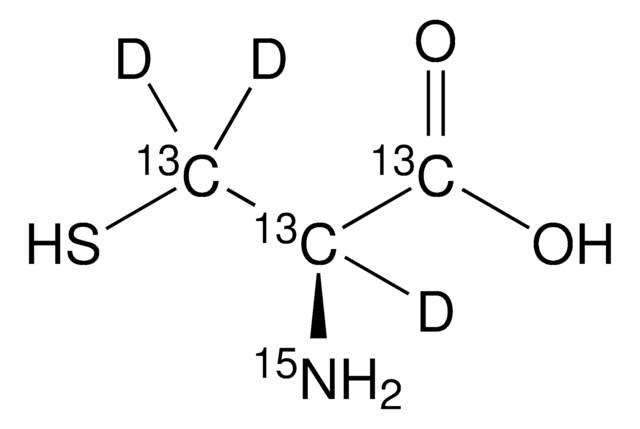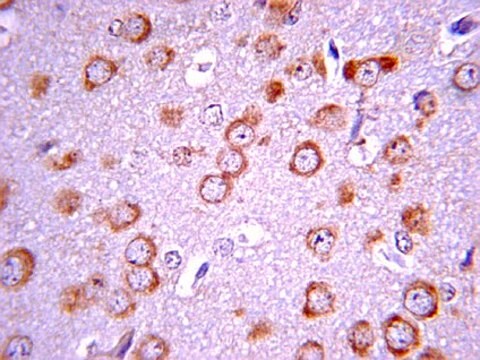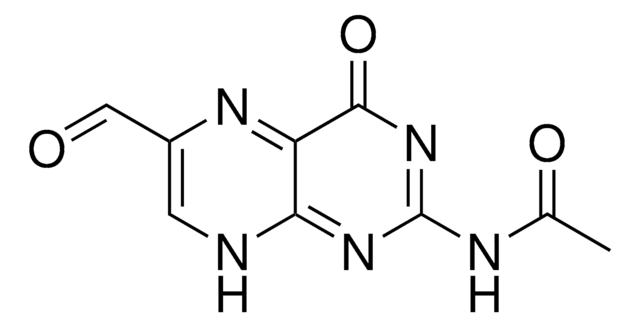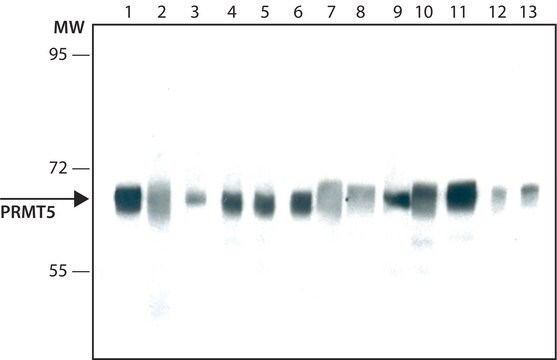MABS1261
Anti-FRA-2 Antibody, clone REY146C
clone REY146C, from rat
Sinonimo/i:
Fos-related antigen 2, FRA-2
About This Item
Prodotti consigliati
Origine biologica
rat
Livello qualitativo
Forma dell’anticorpo
purified immunoglobulin
Tipo di anticorpo
primary antibodies
Clone
REY146C, monoclonal
Reattività contro le specie
mouse
tecniche
ChIP: suitable
immunofluorescence: suitable
immunohistochemistry: suitable (paraffin)
immunoprecipitation (IP): suitable
western blot: suitable
Isotipo
IgG2aκ
N° accesso NCBI
N° accesso UniProt
Condizioni di spedizione
wet ice
modifica post-traduzionali bersaglio
unmodified
Informazioni sul gene
mouse ... Fosl2(14284)
Descrizione generale
Specificità
Immunogeno
Applicazioni
Western Blotting Analysis: A representative lot detected a FRA-2 upregulation in cultured mouse keratinocytes (mKCs) upon Ca2+-induced differentiation. ERK1/2 inhibitor FR180204 (Cat. No. 328007) reduced Fra-2 level in mKCs upon Ca2+ treatment (Wurm, S., et al. (2014). Genes Dev. 15;29(2):144-156).
Immunoprecipitation Analysis: A representative lot co-immunoprecipitated Ezh2 with Fra-2 from lysates of cultured mouse keratinocytes (mKCs) prior to, but not after, Ca2+-induced differentiation (Wurm, S., et al. (2014). Genes Dev. 15;29(2):144-156).
Chromatin Immunoprecipitation Analysis: A representative lot detected FRA-2 association with EDC promoters at conserved AP-1 consensus sites in cultured mouse keratinocytes (mKCs) under both basal and differentiation conditions (Wurm, S., et al. (2014). Genes Dev. 15;29(2):144-156).
Immunohistochemistry Analysis: Prior to antibody purification, the culture supernatant detected FRA-2 immunoreactivity in paraffin-embedded skin sections from wild-type, but not Fosl2-knockout mice (Courtesy of Dr. Erwin Wagner, Spanish National Cancer Research Centre (CNIO), Madrid, Spain).
Immunocytochemistry Analysis: Prior to antibody purification, the culture supernatant detected exogenously expressed murine FRA-2 (mFRA-2), but not mFRA-1 or mFosB in transfected HEK293T cells (Courtesy of Dr. Erwin Wagner, Spanish National Cancer Research Centre (CNIO), Madrid, Spain).
Signaling
Transcription Factors
Qualità
Western Blotting Analysis: 0.5 µg/mL of this antibody detected FRA-2 in 10 µg of MEF1 cell lysate.
Descrizione del bersaglio
Stato fisico
Stoccaggio e stabilità
Altre note
Esclusione di responsabilità
Non trovi il prodotto giusto?
Prova il nostro Motore di ricerca dei prodotti.
Codice della classe di stoccaggio
12 - Non Combustible Liquids
Classe di pericolosità dell'acqua (WGK)
WGK 1
Punto d’infiammabilità (°F)
Not applicable
Punto d’infiammabilità (°C)
Not applicable
Certificati d'analisi (COA)
Cerca il Certificati d'analisi (COA) digitando il numero di lotto/batch corrispondente. I numeri di lotto o di batch sono stampati sull'etichetta dei prodotti dopo la parola ‘Lotto’ o ‘Batch’.
Possiedi già questo prodotto?
I documenti relativi ai prodotti acquistati recentemente sono disponibili nell’Archivio dei documenti.
Il team dei nostri ricercatori vanta grande esperienza in tutte le aree della ricerca quali Life Science, scienza dei materiali, sintesi chimica, cromatografia, discipline analitiche, ecc..
Contatta l'Assistenza Tecnica.